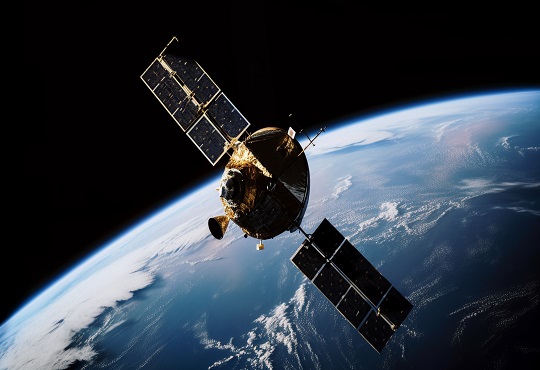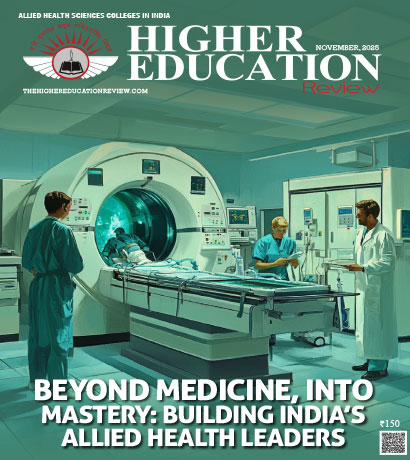NASA Launches University Challenge for Moon and Mars Innovations

- 2026 RASC-AL invites U.S. university teams to design space systems.
- Themes include lunar energy, Mars operations, and sample retrieval.
- Finalists get $7K stipend; winners earn a cash prize and a conference slot.
NASA invites the upcoming generation of university innovators to envision groundbreaking ideas that expand the limits of human exploration on the Moon, Mars, and further via the 2026 NASA Revolutionary Aerospace Systems Concepts – Academic Linkage (RASC-AL) competition.
The RASC-AL challenge promotes creativity in aerospace systems concepts, analogs, and technology prototyping by connecting universities with NASA and industry to fill existing gaps. The competition is looking for U.S.-based teams of undergraduates and graduates, along with their faculty advisors, to create innovative ideas that enhance our operational capabilities on the Moon and Mars.
This year's themes include creating systems and technologies to aid in the exploration of the lunar surface, as well as improving humanity's capacity to function and retrieve data from Mars' surface.
“This competition is a unique opportunity for university students to play a role in the future of space innovation,” said Dan Mazanek, assistant branch head of NASA’s Exploration Space Mission Analysis Branch at NASA’s Langley Research Center in Hampton Virginia. “The RASC-AL challenge fuels creativity and empowers students to explore what’s possible. We’re excited for another year of RASC-AL and fresh ideas coming our way.”
Teams that are interested and qualified are encouraged to suggest innovative solutions and systemic approaches that transform how people exist and investigate in deep space concerning one of the themes below:
- Architectures for Mars Surface Operations: Communications, Positioning, Navigation, and Timing
- Lunar Surface Energy and Energy Management and Distribution Frameworks
- Lunar Sample Retrieval Idea
- Lunar Tech Exhibitions Utilizing Shared Infrastructure
Teams are required to indicate their desire to participate by sending a non-binding notice of intent by Monday, Oct. 13. Groups that submit a notice will be invited to a Q&A session with NASA subject matter experts on Monday, October 27.
The proposals must be submitted by Monday, February 23, 2026, and should range from seven to nine pages, along with a two to three-minute video. Proposals must showcase innovative solutions featuring original engineering and analysis addressing one of the four 2026 RASC-AL themes. Every team's answer must focus on innovative and resilient technologies, skills, and operational frameworks that enhance humanity's capacity to prosper outside of Earth.
Following the evaluation of the team proposals and video entries, in March, a maximum of 14 teams will be chosen to progress to the final stage of the competition – drafting a technical paper, developing a technical poster, and showcasing their ideas to a panel of NASA and industry professionals during a competitive design review at the 2026 RASC-AL Forum in Cocoa Beach, Florida, starting Monday, June 1, 2026.
Also Read: Can India’s Higher Education System Power Our Space Ambitions?
Every finalist team will be granted a $7,000 stipend to support their complete involvement in the 2026 RASC-AL competition, and the top two winning teams will each get an extra $7,000 cash prize along with an invitation to present their idea at an aerospace conference scheduled later in 2026.
The National Institute of Aerospace manages the 2026 NASA RASC-AL competition for NASA. The RASC-AL competition is backed by the Strategy and Architecture Office within the Exploration Systems Development Mission Directorate at NASA Headquarters, the Space Technology Mission Directorate (STMD), and the Systems Analysis and Concepts Directorate located at NASA Langley. The challenge is managed by the NASA Tournament Lab, which is a segment of the Prizes, Challenges, and Crowdsourcing Program within STMD.

